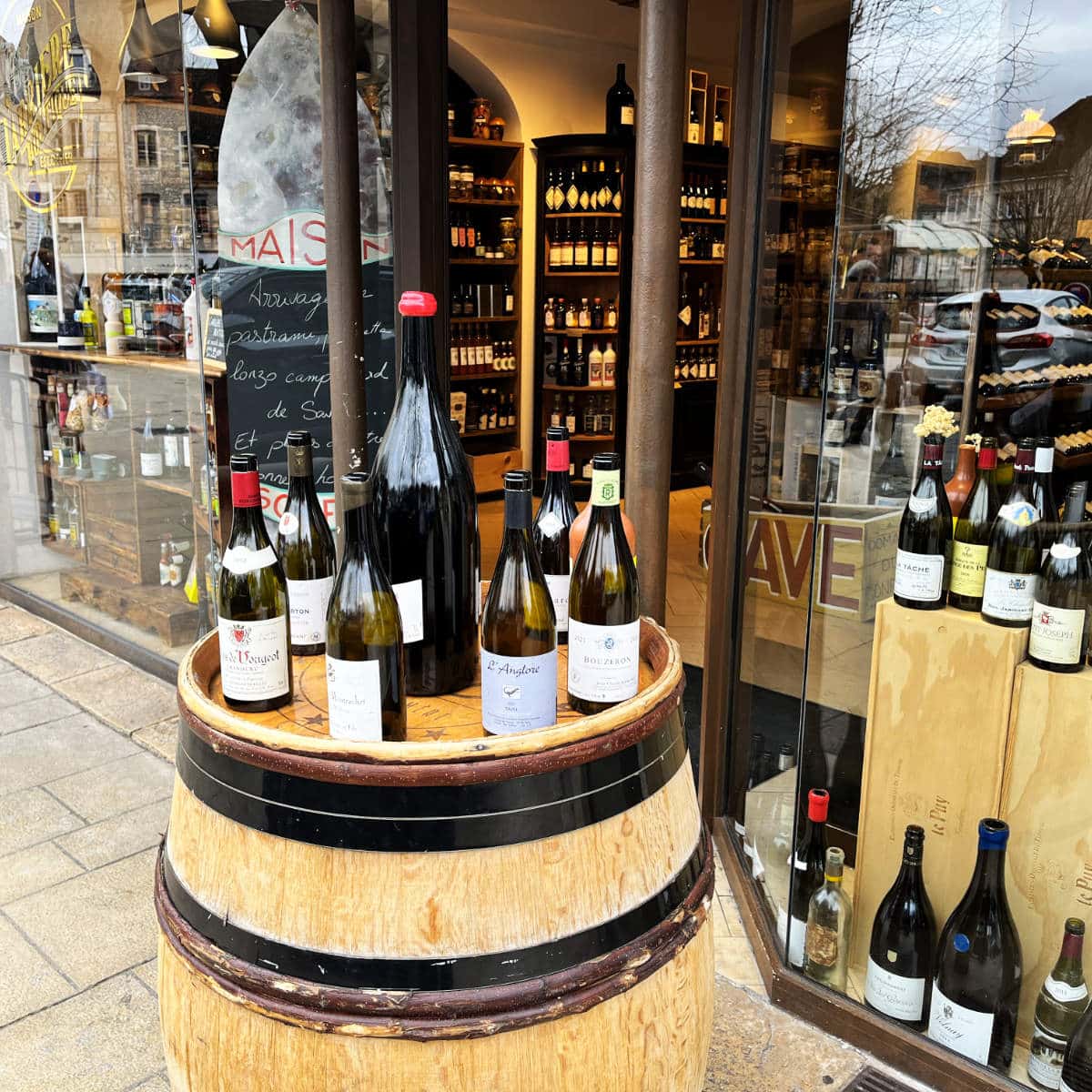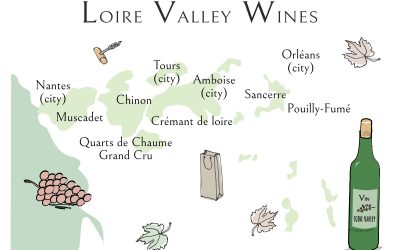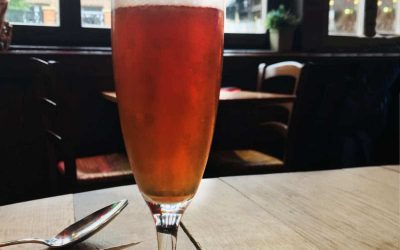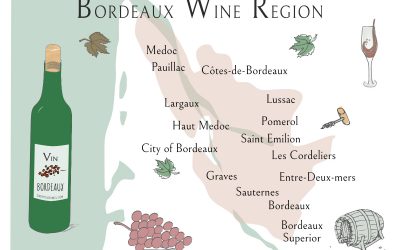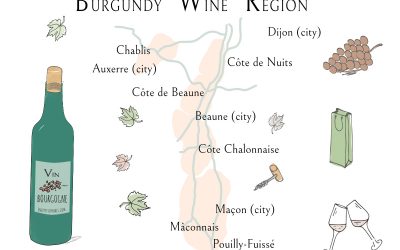If you have ever walked into a French restaurant or wine shop and been completely perplexed as to what to get, you are not alone. With hundreds of Bordeaux, Burgundies, and even many different types of champagne, picking a good wine bottle is not easy.
There are more than 3000 French wines with different names, designations, appellations (and price points). So looking at a French wine label on a bottle can sometimes make your head spin.
With so many different wines to choose from, there’s a reason that sommeliers are so much in demand. But there are a few basics that we can look at to get an idea very quickly of what to look out for, and what to avoid in order to pick a good bottle of French wine.
How French Wines are classified
Before plunging into what all the different words on the labels mean, we should examine the French concept of “terroir” (meaning “land”). The idea that food and wine come directly from the land is a very important notion in France.
So when it comes to wine, there is a great deal of value derived from knowing exactly where the wine comes from, down to the village and area that those exact grapes were grown. The higher the prestige, the more details will be provided on the location that the grapes came from, how the wine was bottled and who takes ownership of the quality of the wine.
Often French wines are named after the grapes included in its production. The grapes grown in France include:
- Merlot
- Grenache
- Syrah
- Chardonnay
- Cabernet sauvignon
- Cabernet Franc
- Sauvignon blanc
- Pinot Noir
- Malbec
- Gamay
- Petit Verdot
- Carignan
- Voignier
For instance, a high-end prestigious wine will not just say it is a “Cabernet Sauvignon from Bordeaux“. One of the most prestigious winemakers in the world, the Château Mouton Rothschild, will instead say its name, that it falls under the appellation of the village of “Paulliac AOC” in Bordeaux.
Wine connoisseurs are meant to know that approximately 75% of the Paulliac grape blend was the cabernet sauvignon grape, and hence this is what that wine will taste like.
French Wine Appellations
French labeling laws are quite strict, and each region has its own set of sub-rules that its producers have to follow. But there are certain standards that all French wines must follow.
First up, is the initials that are listed on a good bottle of wine.
- AOC – Appellation d’Origine Contrôlée
- AOP – Appellation d’Origine Protégée
- IGP – Indication Géographique Protégée (Previously “Vin de France“)
- Vin de Table – Table wine
Wines that do not qualify for AOC/AOP/IGP status must be sold as simple Vin de table (“table wine”). Table wine is an official European designation, which doesn’t have the same distinction or taste as the other wines and much looser restrictions. It is often the wine used in cooking, or sold as a pichet (jug) at a brasserie.
☞ READ MORE: 14 Amusing French Wine Quotes for a little tipple
Prestige Classification
AOC/AOP wines are further classed based on prestige:
- Grand cru
- Premier Cru to Cinquième Cru – (1st to 5th Cru)
- Cru
- Village
Each wine region in France has a different process for designating “Cru”, based on location, soil, climate, and quality of the grapes. As you can imagine, the “Cru” designation will greatly influence the price, with certain bottles fetching millions of €uros at auction.
Other Wine Terminology
Other terms that you will see on French wine labels include the following (with their English translations):
- Année – Year the grapes were harvested in.
- Brut – Dry Wine (with less sugar)
- Cave – Wine Cellar
- Centenaire – Produced from grapes grown over 100 years ago.
- Château – Castle or Grand estate where the wine was produced.
- Cooperative – Syndicate of local growers that share grapes amongst themselves.
- Côte – Mountain slope or hillsides
- Date – The date on the label signifies the year the grapes were harvested.
- Demi-Sec – Medium white wine (a moderate amount of sugar added).
- Domaine – Similar to Château, the Grand Estate where the wine was produced.
- Millésime – A vintage bottle of wine in a year that had an especially good harvest.
- Mis en Bouteille (au Château) – Where the wine was bottled (at the Château)
- Propriétaire – Owner of the chateau or vineyard
- Produit de France – Product of France
- Récoltes – A wine made from estate-grown grapes that are usually of high quality
- Vendange – Harvest
- Vigneron – The agriculteur cultivating the grapes
- Vin Blanc – White Wine
- Vin Rosé – Rosé (Pink) Wine
- Vin Rouge – Red wine
So when you are peering at the details of a French wine label, you will see:
- The name of the Château, Domaine or Grand Estate.
- The estate’s classification (example: Grand Cru).
- The appellation (AOP/AOP).
- The name of the village and region the wine was produced in.
- Whether or not the wine is bottled at the château/domaine, or assembled by a négociant.
- The year
- Alcohol content %
If you are looking at a bottle, and you don’t find the appellations or other designations on the label, it is because that wine is not authorized to put those designations on there. The cheaper the wine is, the fewer details it will have on the label.
This is why when you are in a French restaurant, the sommelier will show you the label before opening the bottle.
Each region of wine does have slight variations to how it classifies its wines, so Bordeaux wines will not follow exactly the same labeling as Burgundy or Alsace wines. You can read more about the French Wines by region here.

If you enjoyed that article, you may enjoy reading more about the different French wine regions and about the best wine and cheese pairings here. And with all that wine, we can cheers! To health! Santé!
